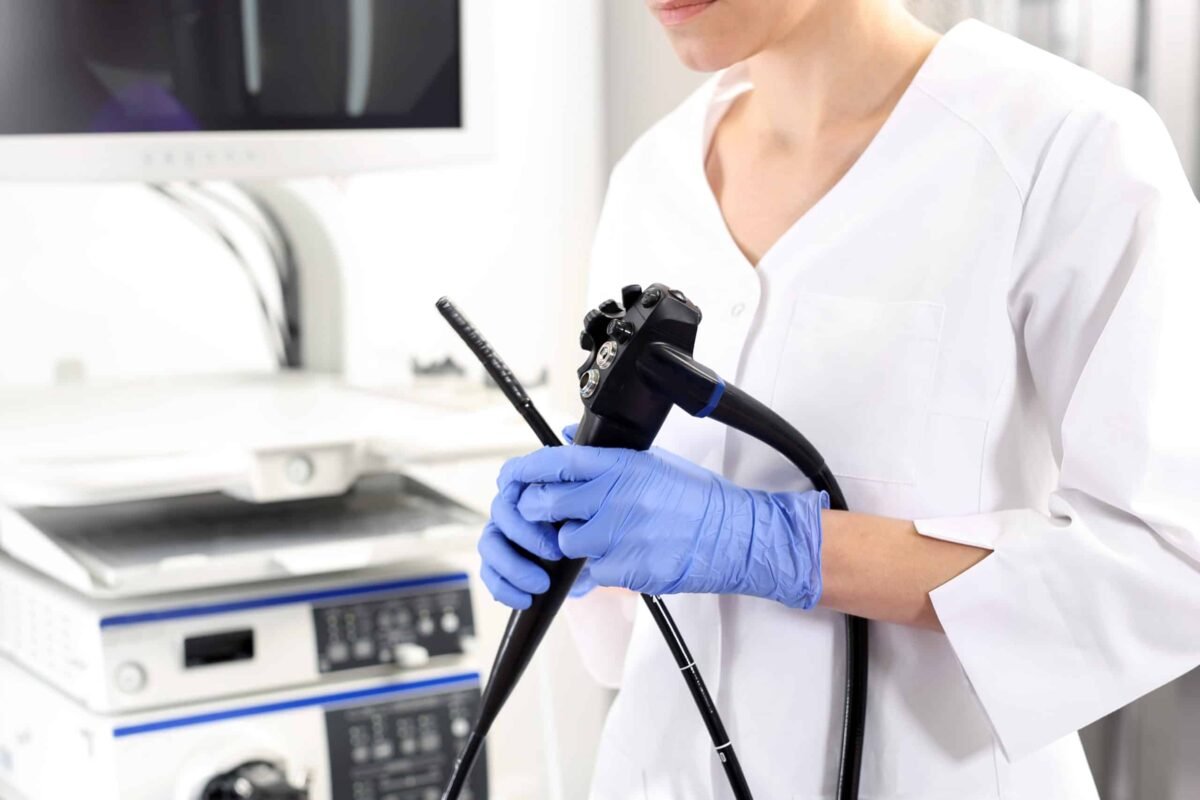What is Endoscopy? Know About Endoscopy

An endoscopy is a procedure that is used to examine the organs inside a human body, especially the digestive tract. This is performed using an endoscope which is a flexible tube with a light and camera attached to it so that the doctor can view pictures of one’s digestive tract on a monitor or television screen.
In the case of an upper endoscopy, an endoscope is passed through the mouth inside the throat and into the esophagus, which allows the doctor to view the esophagus, stomach, and the upper part of the small intestine. In a similar manner, a sigmoidoscopy or colonoscopy can be performed in which an endoscope is passed into the large intestine or colon through the rectum to examine the area of the large intestine. This depends on how far up the colon is examined.
The is a special form of endoscopy termed endoscopic retrograde cholangiopancreatography (ERCP), in which the pictures of the pancreas, gallbladder, and related structures are captured which are also used for stent placement and biopsies. Endoscopic ultrasound (EUS) is the combination of the upper endoscopy and the ultrasound examination for obtaining the images and information about different parts of the digestive tract.
Use of an Endoscopy
An endoscopy can be useful for:
- investigating uncommon symptoms
- helping perform certain types of surgery
It can also be used to detach a small sample of tissue to be examined more closely, often termed as a biopsy.
Symptoms of Endoscopy
An endoscopy can be conducted in order to investigate symptoms, like:
- dysphagia or difficulty swallowing
- frequent stomach ache
- diarrhea, or feeling or being sick often
- unintentional weight loss
- frequent heartburn or indigestion
- blood in the poo
Types of Endoscopy
Gastroscopy – If the esophagus (food pipe), stomach, or upper part of the small intestine needs to be examined, then it is termed gastroscopy.
Colonoscopy – When the bowel needs to be examined, it is termed a colonoscopy.
Bronchoscopy – It involves the checkup of the airways when there is a cough that is not getting better or blood is coming up when coughing.
Hysteroscopy – It is used to look inside the uterus (womb) in case of problems such as irregular periods or if a woman has more than one miscarriage.
Cystoscopy – It is used to look inside of the bladder if there are problems such as urinary incontinence or blood in the pee.
Flexible sigmoidoscopy – It is used to examine the lower part of the bowel.
Endoscopic ultrasound – It is used to obtain images of the internal organs, such as the pancreas, and take tissue samples.
Wireless capsule endoscopy – It involves swallowing a small capsule that has a camera and light in it and sends pictures of the internal organs that are viewed on the computer.
Endoscopy Procedure
An endoscopy, though not painful, can be uncomfortable. The procedure is usually done while the person is awake. He/she may be given a local anesthetic in the form of a spray or lozenge to numb a specific part of his/her body. The person may also be offered a sedative to feel relaxed and make him/her less aware of what is going around him/her. The endoscope will then be carefully inserted into the body.
An endoscopy generally takes a duration ranging between 15 to 45 minutes, depending on which part of the body is being examined.
